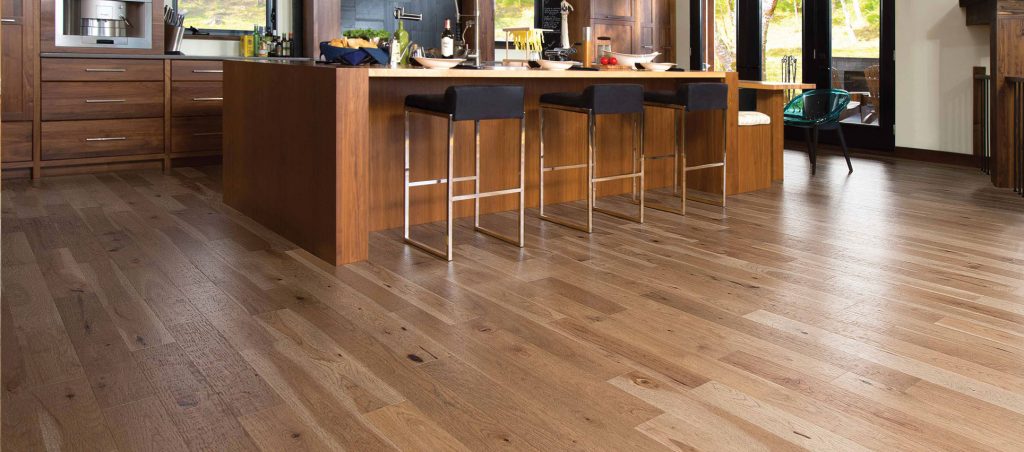Engineered Floors
The Wonders of the Engineered Hardwood Floor
Simply because of their dimensions, your room’s walls and floor are its most noticeable features. And one of the quickest ways to rejuvenate a tired room is to change its floor. While carpeting or area rugs are a great way to introduce color and textural interest to your floor, engineered hardwood flooring is another.
You may love the appearance of hardwood flooring, but stayed away from it after hearing stories of how it expands and shrinks in warm and cold weather, and how it may warp in damp climates. Now, with the construction of engineered hardwood flooring these problems have been eliminated! get the quality Installation you need with the best Engineering Floor Installers.

What Is Engineered Hardwood Flooring?
Engineered hardwood flooring is composed of a hardwood “wear layer” (the top layer), from 1/16″ to 3/16″ thick, laminated or glued to plywood. The plywood backing is assembled in a crossing pattern, usually of 3 or 5 ply’s.
This construction gives the engineered hardwood flooring both additional stability and resistance to climactic changes. It also allows engineered hardwood flooring to be used on a below-grade or a concrete sub floor, because it is the plywood and not the hardwood which is in contact with the sub-floor.
Just like solid hardwood flooring, engineered hardwood flooring can be sanded, stained, and finished. It is available in the same widths and thicknesses as regular hardwood, in either plank or strip-style floorboards.
Some engineered hardwood flooring is even designed with a click together tongue and groove system to simplify its installation.
Installing Engineered Hardwood Floors
Engineered hardwood flooring can be easily installed as a floating floor. The individual boards are attached to each other at the tongue and grove either with a “click-lock” system or with glue and installed over a thin foam pad. It can also be stapled, nailed, or glued directly to the sub-floor.
Its price per square foot can be a bit more than that of solid hardwood, but its installation costs are significantly less. The lower installation cost is a result of the flatness, and excellent grain and color match of engineered hardwood flooring boards and the shorter time period to complete the job.

